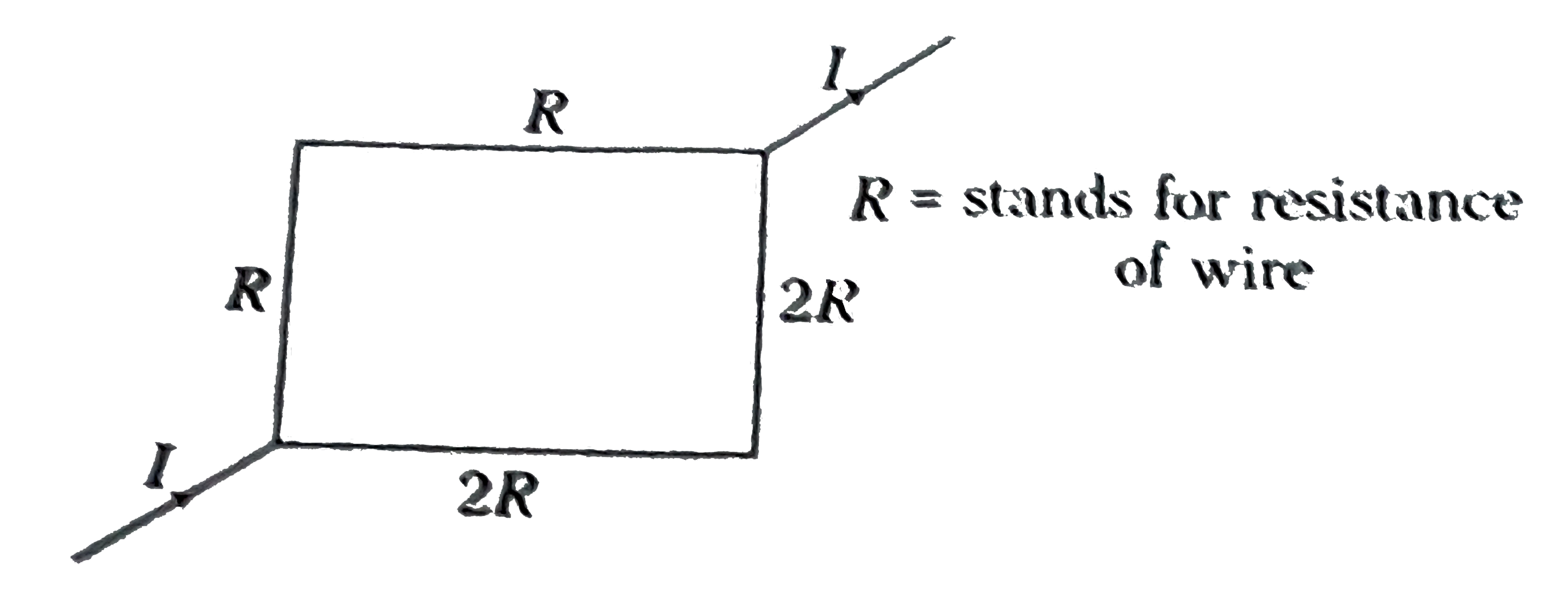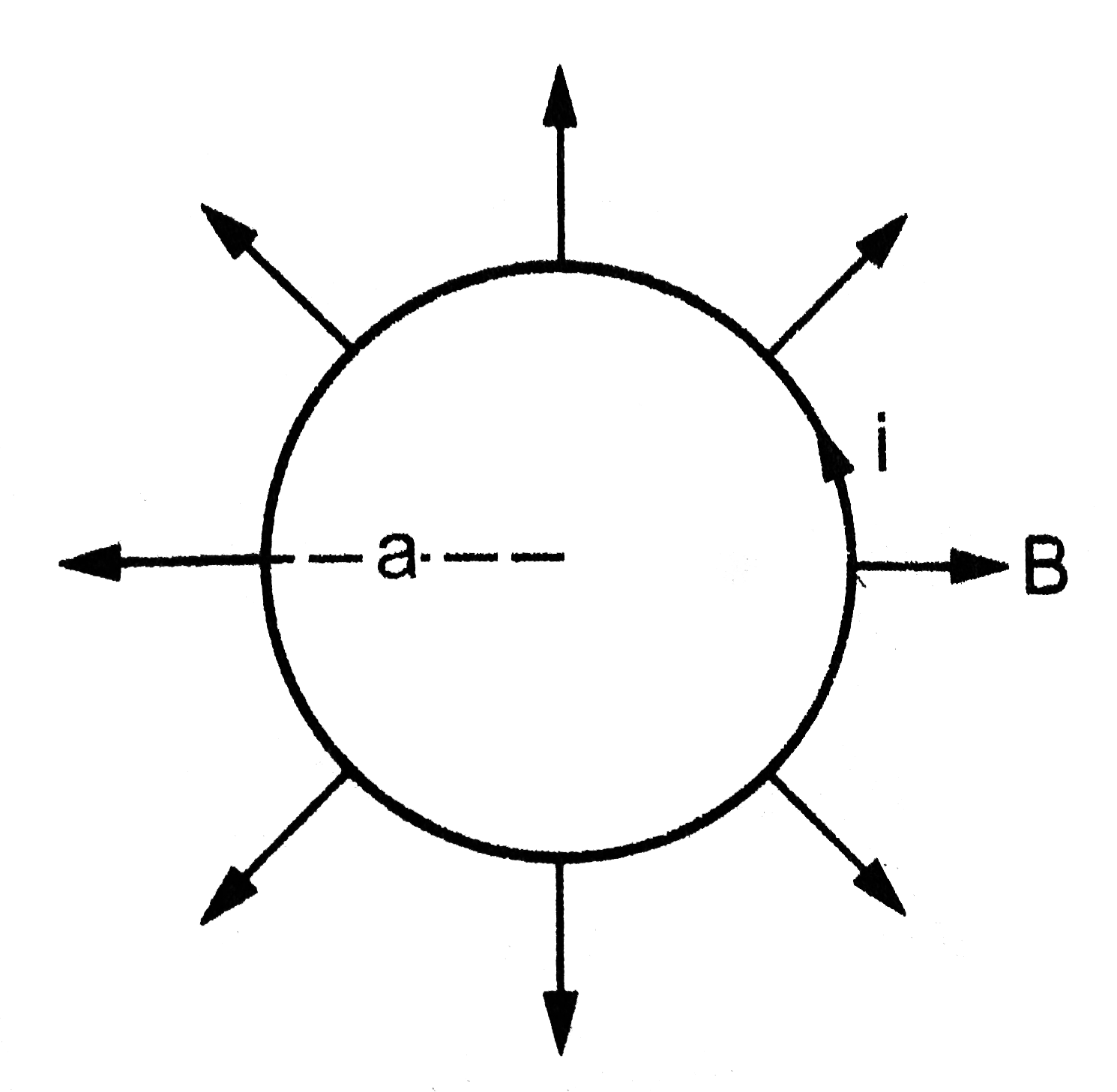In mammalian eye, the 'fovea' is the centre of the visual field, where
Step-by-Step Solution:
1. Understanding the Structure of the Eye:
- The mammalian eye consists of several parts, including the lens, iris, sclera, retina, and macula densa. The retina is the innermost layer where light is converted into neural signals.
2. Identifying the Fovea:
- The fovea is a small depression in the retina, specifically located in the center of the macula densa. This area is crucial for high-acuity vision.
3. Specialization of the Fovea:
- The fovea is characterized by a high density of cone cells, which are photoreceptor cells responsible for color vision and sharpness of vision.
4. Absence of Rod Cells:
- Unlike other parts of the retina, the fovea does not contain rod cells. Rod cells are responsible for vision in low light conditions and peripheral vision.
5. Conclusion:
- Therefore, the fovea is the center of the visual field in the mammalian eye where there is a high concentration of cone cells and an absence of rod cells.
Final Answer:
In the mammalian eye, the fovea is the center of the visual field where there are highly dense cone cells and no rod cells.
---
- The mammalian eye consists of several parts, including the lens, iris, sclera, retina, and macula densa. The retina is the innermost layer where light is converted into neural signals.
- The fovea is a small depression in the retina, specifically located in the center of the macula densa. This area is crucial for high-acuity vision.
- The fovea is characterized by a high density of cone cells, which are photoreceptor cells responsible for color vision and sharpness of vision.
- Unlike other parts of the retina, the fovea does not contain rod cells. Rod cells are responsible for vision in low light conditions and peripheral vision.
- Therefore, the fovea is the center of the visual field in the mammalian eye where there is a high concentration of cone cells and an absence of rod cells.
In the mammalian eye, the fovea is the center of the visual field where there are highly dense cone cells and no rod cells.
Topper's Solved these Questions
Similar Questions
The fovea of eye
View SolutionWhere is the centre of regulation of respiration?
View SolutionThe radius of a circular current carrying coil is R. The distance on the axis from the centre of the coil where the intensity of magnetic field is 12√2 times that at the centre, will be:
View SolutionA current carrying circular coil is bent so as to convert it into a double loop, both the loops being concentric and are carrying current in the same direction. If B is the initial magnetic field at the centre, the final magnetic field at the centre will be
View SolutionAt which distance along the centre axis of a uniformaly charged plastic disc of radius R is the magnitude of the electric field equal to one-half the magnitude of the field at the centre of the surface of the disc ?
View SolutionIn human beings the total visual field and the stereoscopic visual
field respectively is
View SolutionIn mammalian eye, the power of accommodation is controlled by changing thickness of the lens, governed by
View SolutionA circular coil of radius R carries a current i. The magnetic field at its centre is B. The distance from the centre on the axis of the coil where the magnetic field will be B/8 is
View SolutionThe magnetic field at the centre of square of side a is

View SolutionA circular loop of radius a, carrying a current I, is placed in a tow dimensional magnetic field. The centre of the loop coincides with the centre of the filed The strenght of the magnetic field at the pariphery of the loop is B. find the magnetic force on the wire.

View Solution
